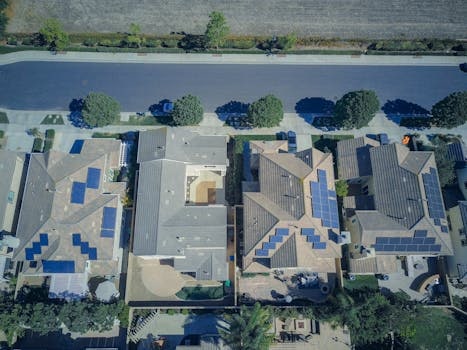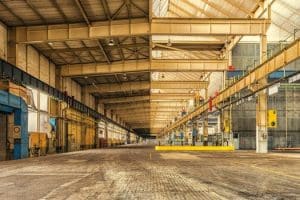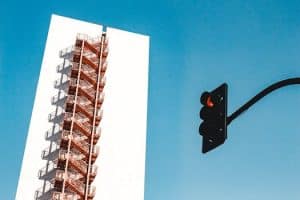The New Suburban Dream: Mixed-Use Communities on the Rise
Mixed-use communities are rapidly becoming the new suburban dream for many people. Gone are the days of cookie-cutter neighborhoods with identical houses and monotonous strip malls. Instead, people are seeking out vibrant, diverse communities where they can live, work, and play all within a walkable distance. This trend towards mixed-use developments is a result of changing lifestyle preferences and a desire for more sustainable and livable neighborhoods. Let’s explore the rise of mixed-use communities and why they are becoming the new suburban dream.
The Rise of Mixed-Use Communities
Traditionally, suburban neighborhoods have been designed for single-family homes with commercial areas located in separate zones. This separation of residential and commercial areas has become increasingly problematic as people spend more time commuting and less time in their communities. As a result, there has been a shift towards creating mixed-use developments that combine residential, commercial, and retail spaces in one neighborhood.
This trend towards mixed-use communities has been gaining momentum in recent years, with more and more developers opting to build these types of neighborhoods. They offer a unique blend of housing, work, and leisure opportunities all within close proximity, making them an attractive option for many.
The Benefits of Mixed-Use Communities
One of the main benefits of mixed-use communities is the ability to create a more walkable and bikeable environment. With everything located within a short distance, residents can easily go to work, run errands, and enjoy recreational activities without having to drive long distances. This not only reduces the amount of time spent commuting but also promotes a healthier and more active lifestyle.
Moreover, mixed-use communities foster a stronger sense of community and social interaction. The variety of housing options, from single-family homes to apartments, allows for a diverse group of people to live in the same neighborhood. This diversity leads to a stronger sense of belonging and a more vibrant community.
Additionally, mixed-use neighborhoods can be more economically sustainable in the long run. By consolidating commercial and residential spaces, developers can make more efficient use of land and resources. This can lead to lower maintenance costs and potentially higher property values.
Designing for Success
The success of a mixed-use community lies in its planning and design. A well-designed neighborhood should have a balance of residential, commercial, and recreational spaces to create a thriving community. The layout should be designed with walkability in mind, with pedestrian-friendly streets and plenty of public spaces for people to gather.
It is also important for these communities to have a mix of affordable and luxury housing options to accommodate a diverse group of residents. This inclusivity not only promotes a sense of community but also allows for a variety of socioeconomic backgrounds to live in the same neighborhood.
Another important aspect of successful mixed-use communities is access to public transportation. By providing convenient and efficient transportation options, residents can easily travel to and from work, reducing traffic congestion and promoting a more sustainable lifestyle.
The Future of Suburbia
The rise of mixed-use communities signifies a shift in the perception of suburban living. People are no longer content with the cookie-cutter neighborhoods of the past and are seeking more diverse, walkable, and sustainable communities. As more developers recognize this trend, we can expect to see an increase in the number of mixed-use developments in the future.
In conclusion, mixed-use communities are on the rise as the new suburban dream. These neighborhoods offer a balance of housing, employment, and recreation options within a walkable distance, promoting a more active and interconnected lifestyle. As developers focus on creating sustainable, diverse, and inclusive communities, the future of suburbia looks brighter than ever.








